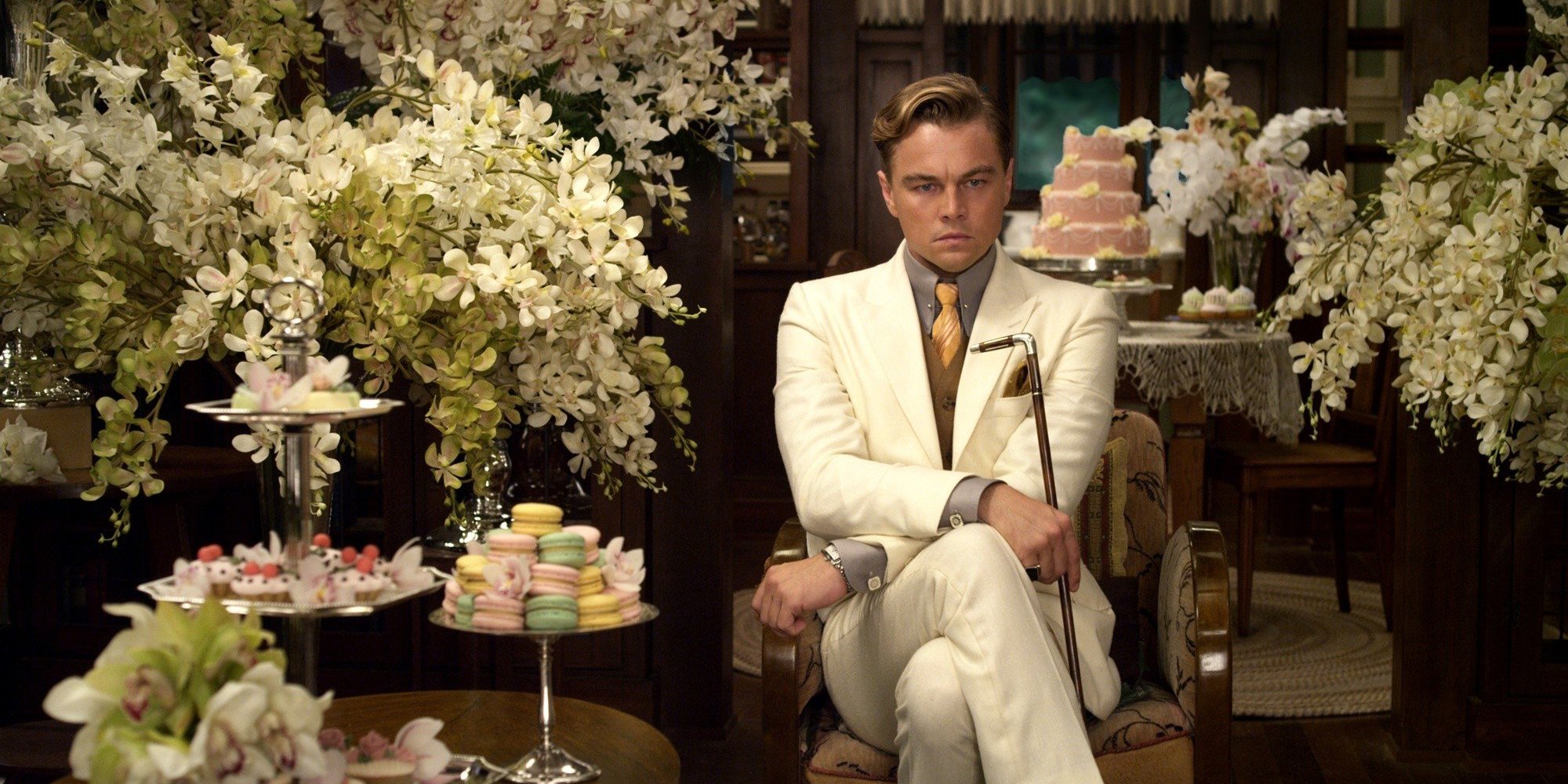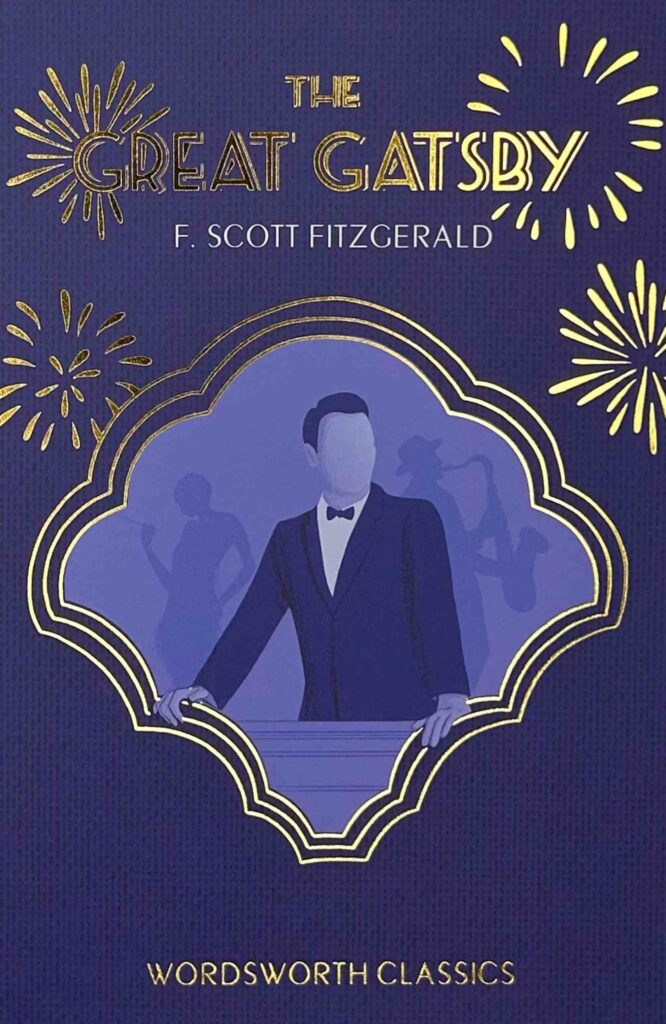
David Stuart Davies looks at The Great Gatsby
David Stuart Davies looks at The Great Gatsby, what many consider to be the greatest American novel of the 20th Century.
The American writer F. Scott Fitzgerald was fascinated by the American Dream which insisted that anyone from any background can reach the top. It is a dream that still persists today among the inhabitants of the USA. What seemed to fascinate Fitzgerald was the actual definition of ‘the top’. Certainly, in most people’s eyes, this would equate to money and power. But Fitzgerald was well aware that these did not automatically bring happiness or peace of mind. The novel is an expression of the author’s disillusionment with the American Dream — life, liberty and the pursuit of happiness – in the context of the hedonistic Jazz Age, a name for the era which Fitzgerald claimed to have coined. He explored this idea in The Great Gatsby – the ironical nature of the soubriquet for his central character only becoming apparent some way into the narrative.
On the surface, Jay Gatsby seems to have it all. He is very wealthy, lives in a luxurious mansion on Long Island and plays host there to lavish parties which attract not only the rich and powerful but also the eager wannabes. And yet no one seems to know Gatsby or how he made his money. The truth is that all his wealth possessions and power mean little to him. He cares only for one thing – one person alone, Daisy Buchanan, the girl who rejected him in his youth. What Fitzgerald succeeds in doing with this shadowy enigmatic character is that he not only fascinates those who flock to his parties, hoping to catch a glimpse of him but also manages to cast the same spell over the readers. We, too, want to catch a glimpse of him and learn more about the man and his history.
There are autobiographical strands in the novel. In many respects, Gatsby’s passion for Daisy mirrors Fitzgerald’s own obsession with the ‘golden girl’ in his own life, Zelda. As Daisy rejects the young penniless Gatsby, so Zelda broke off her engagement with Fitzgerald when he was a struggling writer, only to return to him when had become successful and wealthy and then agreed to marry him. Fitzgerald never forgot how Zelda had spurned him while he had no money or status. The whole idea of Gatsby is the unfairness of a poor young man not being able to marry a girl with wealth. Zelda is Daisy Buchanan, whose voice ‘is full of money.’
The author wished to reveal the falsehood and degradation of the American Dream through the character of Jay Gatsby, who represents a microcosm of the experience of a nation. In the twenties, it was as though the privileged classes closed ranks to protect themselves from the ugliness of the world as it emerged from the Great War and plunged into a depression. Their wealth acted as a shield against grubby reality.
Gatsby is ‘great’ because he made himself so, but he remains an empty vessel. He does not enjoy his wealthy trappings – they are merely a means to an end; to acquire his love of Daisy. Tom Buchanan, Daisy’s husband, represents old money and the laziness and cruelty that it allows. Tom never questions his wealth or morality. His position in society allows him to act as he pleases. He commits adultery with a woman who is poor and desperate with no thought of his actions or the consequences for either his wife or his mistress. He is merely satisfying his own appetites – because he wants to… and he can. Tom has sufficient wealth, and therefore power, to own both women: one because she is of his breed; the other because she views Tom as a means of achieving her own version of the American Dream. In this way, Scott Fitzgerald reveals the futility and the sordid emptiness of such a dream. It is the same with Daisy. For her, love itself must take second or third place to material wealth.
First published by Scribner’s in April 1925, The Great Gatsby received mixed reviews and sold poorly. Fitzgerald died in 1940, believing himself to be a failure and his work forgotten. However, the novel experienced a revival during World War II and became a part of the American high school curriculum. Today, The Great Gatsby is widely considered to be a literary classic and a contender for the title ‘Great American Novel.’ In 1998, the Modern Library editorial board voted it the 20th Century’s best American novel and second-best English-language novel of the same time period.
There have been five film adaptations including a silent version made in 1926, just one year after the novel was published, but this movie has been lost, with only a one-minute trailer surviving to attest to its existence. The first big-screen treatment came in 1949 with Alan Ladd in the lead role. This movie simplified the plot and was generally regarded as disappointing. The version featuring Robert Redford in 1974 fared little better with the critics, one of whom noted that it was ‘overlong with dull performances.’ Another attempt was made in 2000 with Toby Stephens in the title role but this production sank without trace. Finally, Leonardo DiCaprio appeared as Jay Gatsby in 2013 in a movie directed by Baz Luhrmann who co-wrote the screenplay. The film polarised critics, receiving both praise and criticism for its acting performances, soundtrack, visual style and direction. However, there were some major deviations from Fitzgerald’s narrative, which tend to weaken its impact. It may well be that, as respected film critic Michael Billington observed, the book is ‘profoundly unfilmable’.
And so, as is often the case with great works of literature, to savour its richness, one must return to the source – the novel itself, which is a beautifully written lyrical rendering of Fitzgerald’s own perception of the paradox of wealth. It gives one power and privilege but it blunts sensitivities and erodes moral awareness and goodness. And certainly, it does not bring happiness.
Buy the Wordsworth Editions
Books associated with this article
